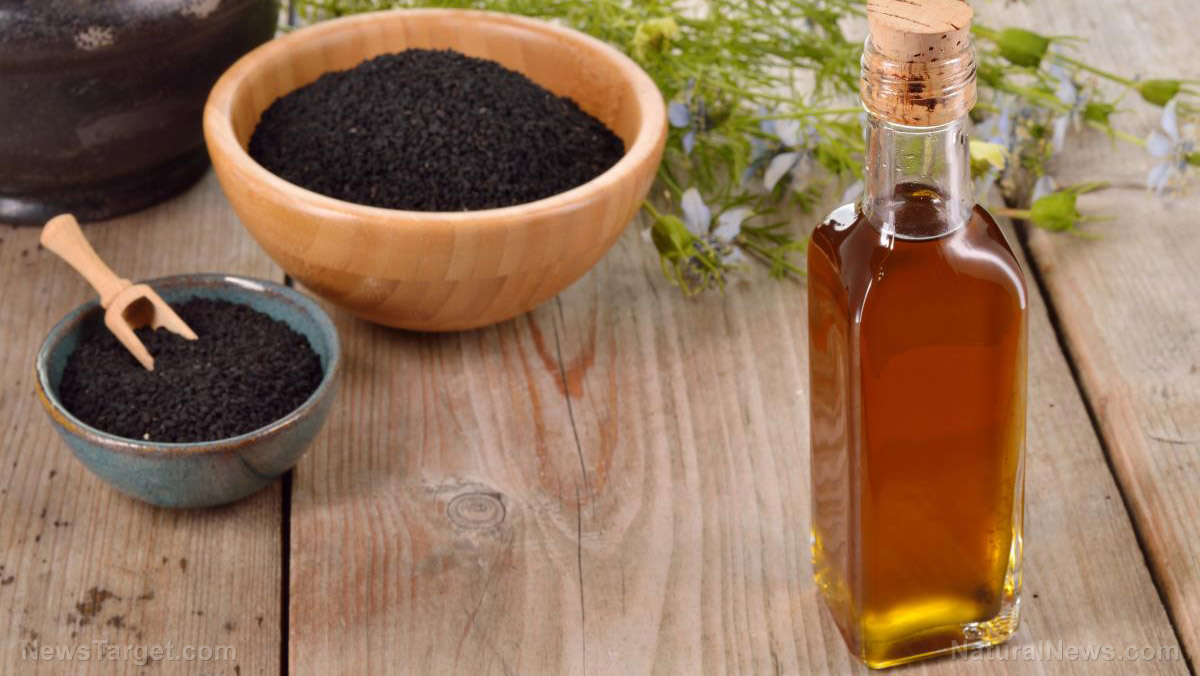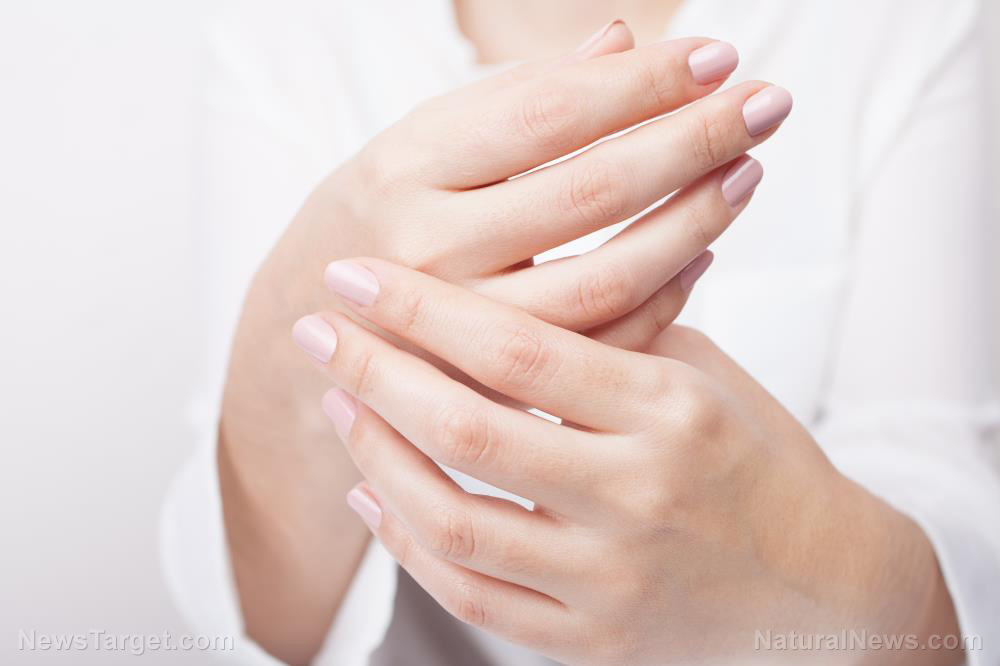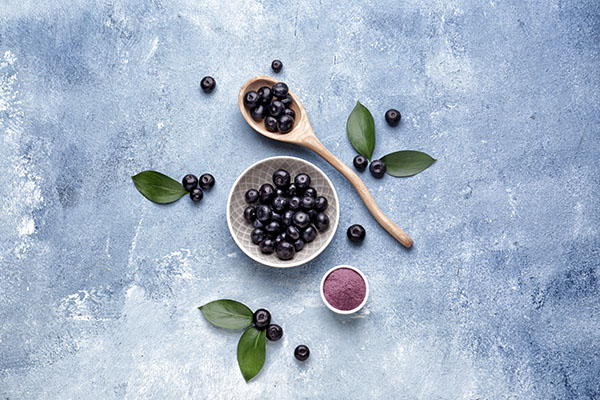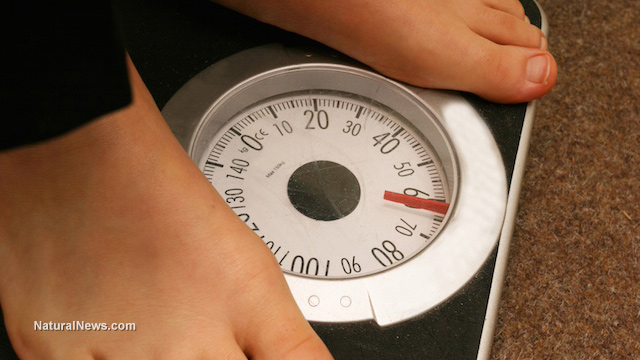10 children’s snacks made with petroleum products!
01/04/2016 / By Greg White

One of the best gifts parents can bestow upon their children is a healthy diet. This treasured gift, however, has been tarnished in an age of fast food and mono-agriculture. Many of the products stored on supermarket shelves nowadays are laced with toxic ingredients, like petroleum — and you could be inadvertently purchasing them.
Rather than images of food, petroleum conjures images of oil and gas in most people’s minds — and rightly so. Although petroleum can help fuel your car, it most definitely won’t help fuel your health. To ensure the vitality of your family, be sure to avoid these petroleum-laced food marketed towards children:
1. Kraft’s Macaroni and Cheese
Kids will readily eat a bowl of Kraft’s Macaroni and Cheese at any time of the day. Nevertheless, this beloved snack is by no means safe, and the mustard-tinted “cheese” it boasts of is by no means natural. Kraft’s Macaroni and Cheese uses artificial dyes, like Yellow 5 and Yellow 6, that contain petroleum. These artificial dyes are also carcinogenic, meaning, they pose an increased risk for cancer. A combination of artificial cheese and noodles never sounded very nutritious to begin with, anyway. But if mac and cheese is an absolute must, then it’s best to make it from scratch.
2. Pop-Tarts
Another iconic brand that kindles nostalgic memories of childhood is the beloved Pop-Tart. This frosted, heatable, fruit-filled rectangle is the go-to snack of many children. It should come as no surprise, however, that a “snack” shaped like a card board box is about as nutritious as, well, a card board box. Cherry-flavored Pop-Tarts contain Red 40, an artificial dye shown to cause cancer in rat experiments. Furthermore, Pop-Tarts contain Synthetic B6, composed of hydrochloric acid, formaldehyde and petroleum ester. The very names of those ingredients sound far from healthy. So, if you have any more Pop-Tarts left hidden in your cabinets, better trash them now because they were never even fresh to begin with.
3. Fruit Roll-Ups
Contrary to what the name suggests, fruit rolls-up are made of anything but fruit. They mostly consist of artificial additives made from petroleum products, including Red 3, also known as E127 or Erythrosine. Fortunately, the solution to the “fruit roll-up dilemma” is simple: just replace your child’s fruit-roll up with actual, nutritious fruit and you’re good to go.
4. Keebler Club Crackers
Children love to munch on crackers. Unfortunately, many crackers are laced with TBHQ, also known as tertiary butylhydroquinone, a controversial ingredient responsible for preventing certain oils from spoilage. Long term consumption of TBHQ can lead to delirium, nausea and even a ringing sensation in the ears. How could you sleep comfortably knowing that the same ingredient used to preserve oil is used to preserve your child’s food?
5. M&M’s
The chocolate inside our beloved M&M’s is encased in a shell of toxic food dyes. The company uses a wide range of food dyes to give M&M’s their various colors. They contain Yellow 5, Yellow 6 and Red 40, all of which are derived from petroleum. Studies have further shown that there exists a relationship between these artificial dyes and hyperactivity in children. So, rather than savor your chocolate, choose to savor your child’s health instead.
6. Cheetos
Cheetos cheat your health. The artificial food dye Yellow 6, the dye responsible for the distinct orange color of Cheetos, is produced from petroleum. The cheese-flavored snack also contains methyl benzoate and ethyl methylphenylglicidate, both of which are derived from — you guessed it right! — petroleum.
7. Pringles
Once you pop, you can’t stop. Unfortunately, these potato chips are chock full of dangerous food dyes like Red 40, which is added to its “Extreme Ragin’ Cajun” variant. As with most petroleum derivatives, Red 40 is linked to allergic reactions and hypersensitivity in children. The U.S. Department of Health has also previously declared that Red 40 is “reasonably anticipated” to be a human carcinogen.
8. Fruit Loops
A bowl of fruit loops submerged in milk is a cocktail of food dyes which many countries have already banned for food consumption. These bans are fueled by studies that have linked food dyes to cell deterioration, brain cancer and hyper activity in children.
9. Teddy Grahams
Teddy Grahams mask a cute facade by posing as bite-sized teddy bears. Beneath the surface, however, these “cute” Teddy Grahams are laced with TBHQ or tertiary-butyl hydroquinone,. This substance, which is also found in Keebler Club Crackers, can induce difficulties in breathing, vomiting and nausea.
10. CHEEZ-IT Crackers
Kellog claims that Cheez-It crackers are made with “100 percent real cheese.” A quick reading of the ingredients, however, reveals that Cheez-Its are coated not with “real cheese,” but with TBHQ to help extend their shelf life. Although Cheez-Its taste good, they are virtually devoid of nutrients and are in no way a healthy substitute for real cheese.
It is shocking just how many food products marketed towards children are laced with petroleum products. Children are particularly susceptible to the health risks linked to unhealthy, processed food, since their organs, nervous system and immune system are still developing. Fortunately, it’s easy to substitute these snacks with healthy alternatives. Substitute Fruit Roll-Ups with fruit, Cheez-Its with cheese and potato chips with actual potatoes.
In other words, feed your children food — not nutrition-void imitations.
Sources:
Submit a correction >>
Tagged Under:
children's snacks, petroleum, toxic food, toxic ingredients
This article may contain statements that reflect the opinion of the author
RECENT NEWS & ARTICLES
Natural.News is a fact-based public education website published by Natural News Features, LLC.
All content copyright © 2018 by Natural News Features, LLC.
Contact Us with Tips or Corrections
All trademarks, registered trademarks and servicemarks mentioned on this site are the property of their respective owners.






















